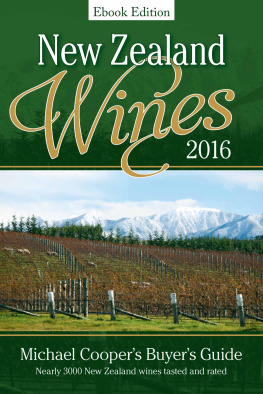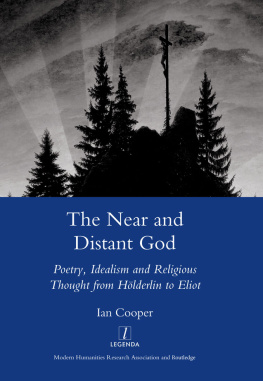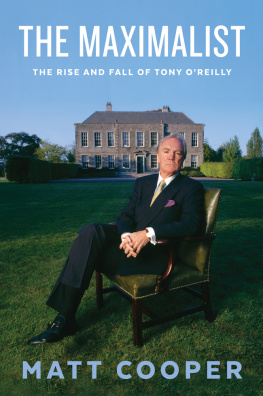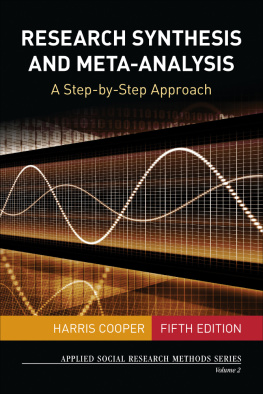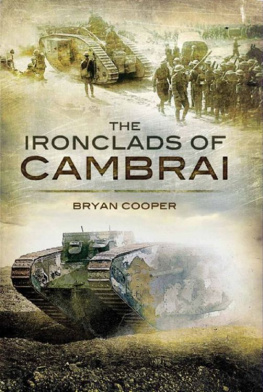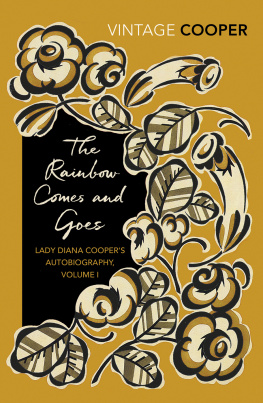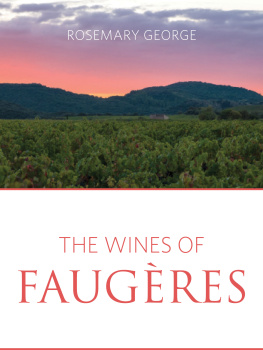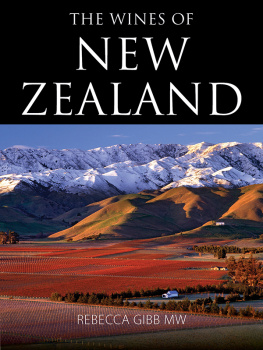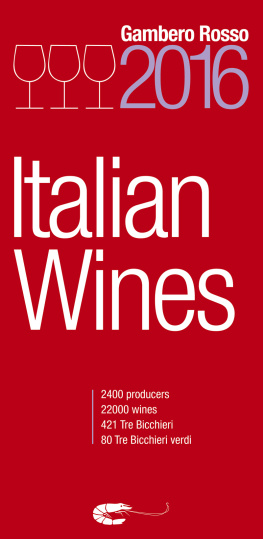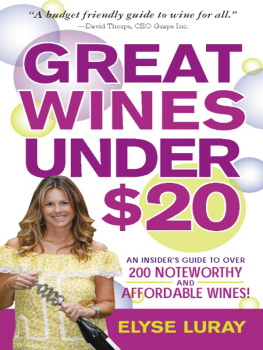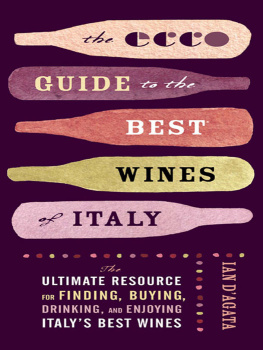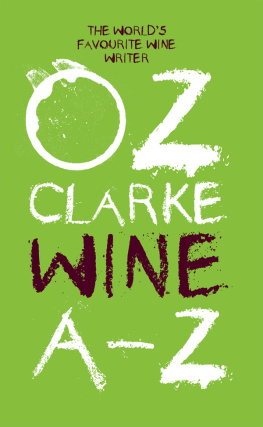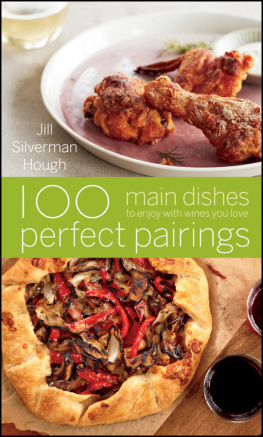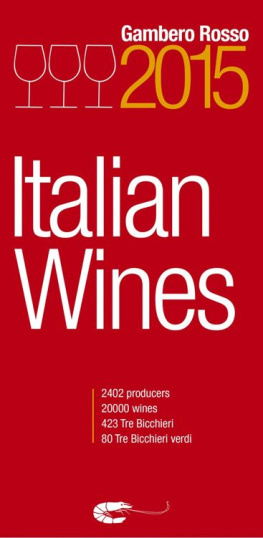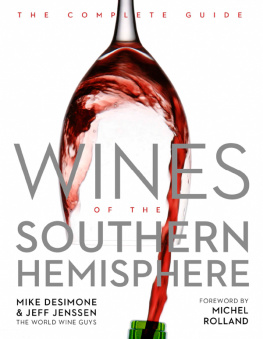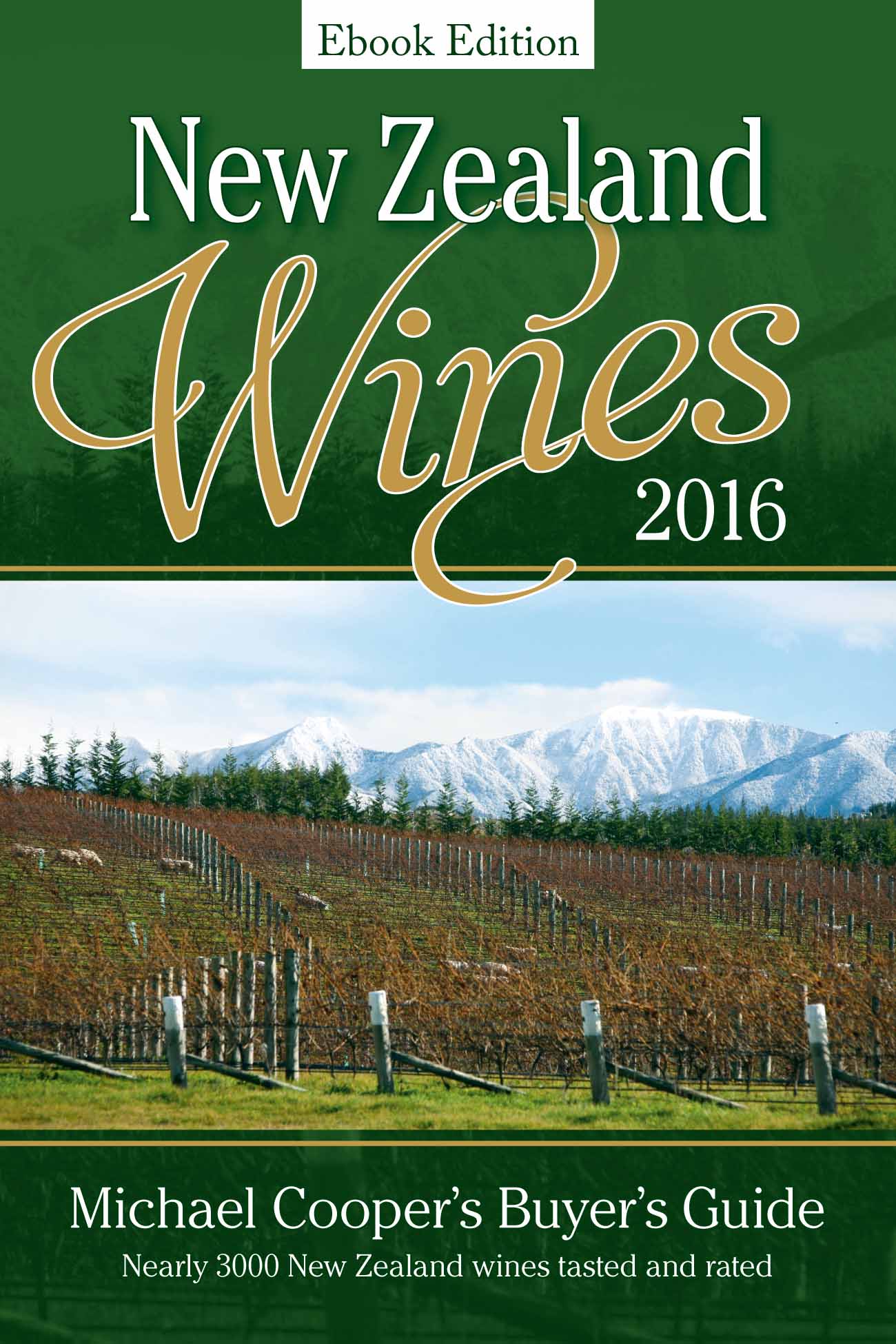
A catalogue record for this book is available from the National Library of New Zealand
ISBN 978-1-927262-76-4
An Upstart Press Book
Published in 2016 by Upstart Press Ltd
B3, 72 Apollo Drive, Rosedale
Auckland, New Zealand
Text Michael Cooper 2016
The moral rights of the author have been asserted.
Design and format Upstart Press Ltd 2016
All rights reserved. No part of this publication may be reproduced or transmitted in any form or by any means, electronic or mechanical, including photocopying, recording, or any information storage and retrieval system, without permission in writing from the publisher.
Designed by www.cvdgraphics.nz
Front cover photograph: Greenhoughs Apple Valley Vineyard, Nelson, by Elspeth Collier.
Reviews of the latest editions
Michael Cooper delivers the most authoritative, comprehensive and sought-after guide to New Zealand wines, year after year after year... Newstalk ZB
Michael is certainly an advocate for the consumer and has a Ralph Nader-like approach to wines and the industry... Raymond Chan Wine Reviews
A thoroughly enjoyable, informative and essential guide... New Zealand Booklovers
With a regularly updated online version, as well as a print version, the Buyers Guide is consulted by sommeliers, wine retailers and wine lovers around the world, as well as in New Zealand. Otago Daily Times
With independent, unbiased ratings and the most comprehensive collection of tasting notes on practically every New Zealand wine in the marketplace, its seriously heavy. Wanganui Chronicle
With totally independent, unbiased ratings and tasting notes on over 3000 New Zealand wines, the book is my bible... Beatties Book Blog
About the Author
Michael Cooper is New Zealands most acclaimed wine writer, with 40 books and several major literary awards to his credit, including the Montana Medal for the supreme work of non-fiction at the 2003 Montana New Zealand Book Awards for his magnum opus, Wine Atlas of New Zealand . In the 2004 New Year Honours, Michael was appointed an Officer of the New Zealand Order of Merit for services to wine writing.
Author of the countrys biggest-selling wine book, the annual New Zealand Wines: Michael Coopers Buyers Guide , now in its 24th edition, he was awarded the Sir George Fistonich Medal in recognition of services to New Zealand wine in 2009. The award is made each year at the countrys largest wine competition, the New Zealand International Wine Show, to a living legend of New Zealand wine. The weekly wine columnist for the New Zealand Listener , he is also New Zealand editor of Australias Winestate magazine and chairman of its New Zealand tasting panel.
In 1977 he obtained a Master of Arts degree from the University of Auckland with a thesis entitled The Wine Lobby: Pressure Group Politics and the New Zealand Wine Industry. He was marketing manager for Babich Wines from 1980 to 1990, and since 1991 has been a full-time wine writer.
Coopers other major works include 100 Must-Try New Zealand Wines (2011); the much-extended second edition of Wine Atlas of New Zealand (2008); Classic Wines of New Zealand (second edition 2005); The Wines and Vineyards of New Zealand (published in five editions from 1984 to 1996); and Pocket Guide to Wines of New Zealand (second edition 2000). He is the New Zealand consultant for Hugh Johnsons annual, best-selling Pocket Wine Book and the acclaimed World Atlas of Wine .
Michaels comprehensive, frequently updated website, MichaelCooper.co.nz , was launched in 2011.
Contents

Preface
Sauvignon Blanc dominates New Zealand wine, accounting for more than two-thirds of the harvest and over 85 per cent of exports. After a favourably warm, sunny and dry summer combined with a huge drop in the size of the crop, due to a cool, frosty spring everyone predicted that this years wines would exhibit strong personality. The good news is that the 2015 Sauvignon Blancs from Marlborough are impressive deliciously aromatic, vibrant and flavour-crammed.
Overseas wine lovers are certainly lapping up our Sauvignon Blancs, fast-multiplying array of Pinot Noirs, Pinot Gris and Chardonnays. New Zealand produces just 1 per cent of the worlds wine, but the countrys exports now stand at $1.4 billion, up $1 billion in the past decade. New Zealand emerged recently as the second largest supplier to the UK of wines in the over 7 per bottle category. In this premium price segment, New Zealand has overtaken Australia and now sits directly behind France.
There is more good news. After a decade of delay, New Zealand is finally implementing a law to protect its regional and sub-regional wine names. Under the Geographic Indications (Wines and Spirits) Registration Act, passed in 2006, New Zealand created a system to define and register the names and boundaries of its wine regions (the last major wine country to do so). Due to various international trade issues, the Acts regulations were not finalised, but the Government announced recently that the Act should be fully implemented by early 2016.
A geographic indication (GI) will denote that a New Zealand wine comes from a specific area and possesses a particular quality, reputation or other characteristic that arises from that place of origin. GIs are viewed essentially as a way to protect label integrity, in terms of a wines geographic origin, but do not guarantee anything about the quality of the wine itself.
In such a bustling, fast-expanding industry, constantly enlivened by the emergence of new labels, new varieties, new vintages, its worth noting that one of New Zealands largest family-owned wine producers, Babich, recently processed its 100th vintage. In 1910, as a boy of 14, Josip (Joe) Babich left Dalmatia, in Croatia, to join his brothers toiling in the gumfields of the Far North. His first wine flowed in 1916. On terraces above a swampy gumfield at Kaikino, he grew grapes, trod them with his feet, and opened a wine shop. During 2016, the Babich company plans to stage events around the globe to celebrate a century of winemaking.
Michael Cooper

2015 Vintage Report
New Zealand wine will be scarcer following the 2015 grape harvest of 326,000 tonnes 27 per cent down on the huge 2014 crop of 445,000 tonnes. Philip Gregan, chief executive of New Zealand Winegrowers, predicted a shortage of 2015 wines, especially Marlborough Sauvignon Blanc, while others forecast rising prices.
Amid all the talk of the heavy production drop, it was very easy to forget that 2014 was a mammoth harvest, nearly 30 per cent bigger than the previous record, set in 2013. In fact, the size of the 2015 harvest was about average for the period 2010 to 2015. But the decline in this years grape crop of 119,000 tonnes was greater than the countrys total harvests in 2002 or 2003.
Spring frosts and cool conditions during the vines flowering ensured a lighter year. So did drought in Marlborough, Canterbury and Otago, together with outbreaks of a warm-weather fungal disease, powdery mildew. Waipara (down 53 per cent) and Auckland (down 41 per cent) were the worst-hit regions; in Marlborough, the harvest was 29 per cent smaller than in 2014. Around the country, volumes of the two key export varieties, Sauvignon Blanc and Pinot Noir, dropped by about 30 per cent.

